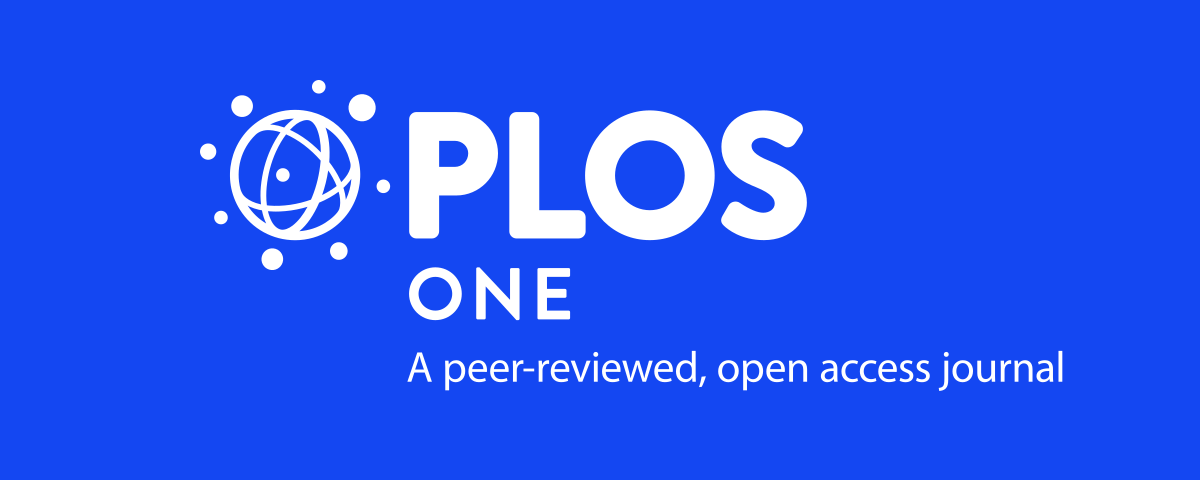Abstract
Background
Achieving fair access to healthcare and improving population health are crucial in all settings. Properly staffed and fairly distributed primary health care (PHC) facilities are prerequisites to ensure accessible healthcare services. Nevertheless, availability and accessibility issues are common public health concerns, especially in under-resourced countries including Ethiopia. Measuring inequalities in accessibility of healthcare resources guide policy decisions to improve PHC services and ultimately achieving universal health coverage (UHC).
Purpose
To assess availability and measure magnitude and trend of inequalities in accessibility of health centre-based PHC resources in Ethiopia during 2015 to 2017.
Methods
We conducted a cross-sectional population-based analysis of district-level data collected from 16th December 2017 until 24th May 2018. Afar, Dire-Dawa, and Tigray regions were purposefully included in the study to represent the four pastoralist/semi-pastoralist, three urban and four agrarian regions in Ethiopia, respectively. We used ratios, different inequality indices and Gini decomposition techniques to characterise the inequalities.
Results
In 2017, median of health centres (HCs) per 15,000 inhabitants and their Gini indices (GIs) for Afar, Dire-Dawa, and Tigray were 0.781, 0.566, 0.591 vs. 0.237, 0.280, 0.216 respectively. Median overall skilled health workers (SHWs) per 10,000 inhabitants were 5.250, 7.539, and 6.246, respectively. These accounted for 11.80%, 16.94% and 14.04% of the WHO target of 44.5 to achieve SDGs. The corresponding GIs for the regions were 0.347, 0.186 and 0.175. Despite a higher overall SHWs inequality in the urban districts of Tigray (GI = 0.301), only Tigray showed significant inequality reductions in GHE (p < 0.001) and in all categories of SHWs (p < 0.05).
Conclusions
Our analysis provided a clear picture of availability and inequalities in PHC resources across three regions in Ethiopia. Identifying contributing factors to low densities and high inequalities of SHWs may help improve PHC services nationwide, along with pathway towards UHC.



No responses yet